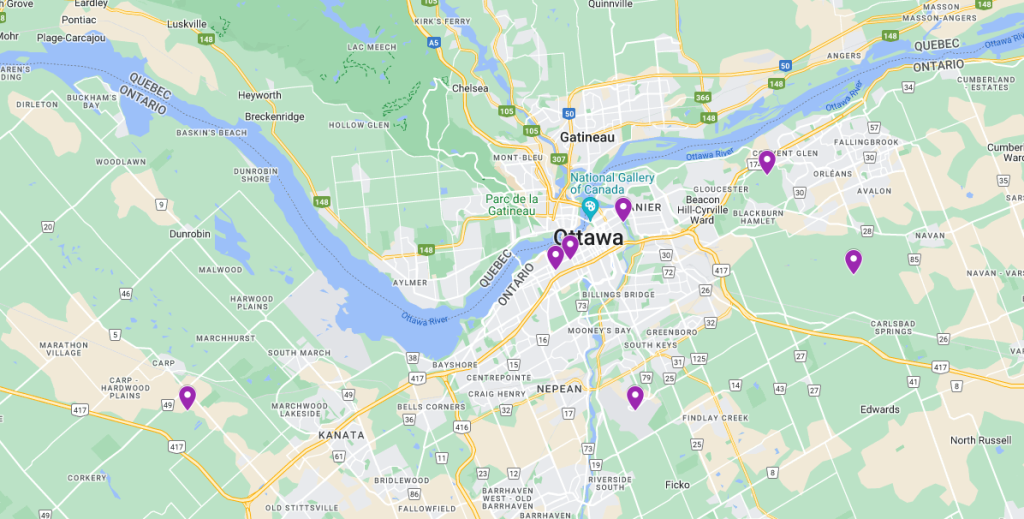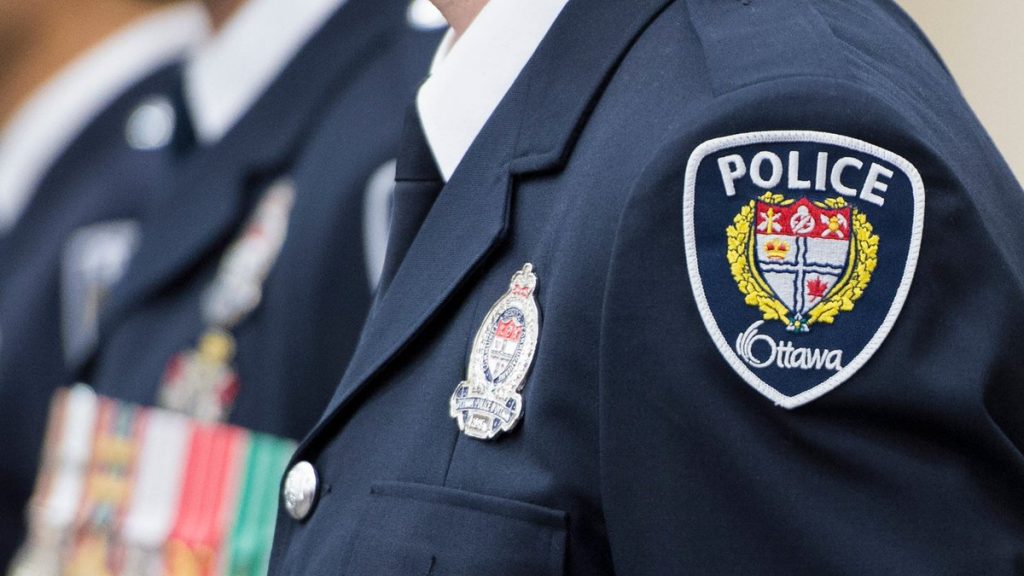‘Power struggle’ made it hard to manage ‘Freedom Convoy,’ inquiry hears
Posted Nov 2, 2022 12:03:00 AM.
OTTAWA — The “Freedom Convoy” protest that gridlocked downtown Ottawa for weeks last winter was a leaderless movement that saw power struggles among its key organizers, a public inquiry heard Tuesday.
Organizers Chris Barber and Brigitte Belton said they connected on TikTok and sprouted an idea to organize a protest against federal COVID-19 vaccine mandates for cross-border truck drivers.
The two assembled a loose group of core organizers, including controversial figure Pat King, and within two weeks, thousands of trucks were wheeling towards Ottawa. It “exploded overnight,” Belton said.
But tensions arose quickly. With no official leader, Barber said rifts among organizers became apparent even before protesters arrived in Ottawa in late January: “It was a power struggle a lot of the time.”
Barber and Belton were among the first organizers to testify at the Public Order Emergency Commission, which is examining the federal government's invocation of emergency powers in mid-February to clear what had become a weeks-long occupation of downtown Ottawa.
Ottawa residents, business associations, officials and police have already testified at public hearings, which are set to continue until Nov. 25 and culminate with testimony from federal leaders including Prime Minister Justin Trudeau.
The public viewing gallery was lively Tuesday, with Justice Paul Rouleau threatening to close proceedings off from in-person spectators if they wouldn't agree to treat the inquiry like a courtroom.
Barber, who runs his own trucking company in Swift Current, Sask., earned applause upon his arrival. The self-described internet “troll” has admitted to posting racist memes online and displaying Confederate flags, though he said the flags are now stored in his garage.
He was arrested Feb. 17 and charged with mischief, obstructing police, and counselling others to commit mischief and intimidation. He is co-accused with fellow organizer Tamara Lich, and their trial is expected to take place next year.
Barber distanced himself from other organizers of the protest during his testimony and made it clear that groups involved in the convoy were there for different reasons. He said that the Ottawa crowd was not affiliated with those who were inspired to organize cross-border blockades elsewhere in the country.
It was clear that Belton, too, saw tensions among the organizers. In a TikTok video shown to the commission, she raised questions about how Lich intended to spend some of the millions of dollars crowdsourced for the effort. Lich is expected to testify later this week.
In the leadup to the protests, another organizer Pat King, who will also testify, suggested in a social media video that Trudeau would “catch a bullet.” This caused some participants to want King to stay home, Barber said.
Barber swas also at odds with another organizer, James Bauder, who runs the “Canada Unity” group. He said it had independently mapped a route to Ottawa before he and Belton had started on their own plans. said in the video.
Barber said he was also at odds with another organizer, James Bauder, who runs the “Canada Unity” group. He said it had mapped a route to Ottawa before he and Belton started on their own plans.
He said he didn't even read the group's “memorandum of understanding,” which demanded that the Senate and Governor General force Trudeau and provinces to eliminate all COVID-19 restrictions, and it wasn't part of his group's motivations.
It was yet another group, the “Farfadaas” out of Quebec, that came to occupy a major intersection east of the parliamentary precinct, the inquiry heard.
In an intelligence report tabled at the commission, the Ontario Provincial Police described it as anti-government and quasi-sovereigntist. Member Steeve Charland, who is facing criminal charges related to the protests, said Tuesday he had little contact with the convoy's original organizers.
The intersection was one of many where Barber said it was difficult to organize the clearing of lanes for emergency vehicles.
Early on, after working all day to clear a lane on Kent Street, an artery that runs north to Parliament from Ottawa's central highway, he said he came back to find it “completely plugged” the next morning.
“Occupying or parking all over the city was never part of why we came,” he said, expressing surprise that police escorted his group onto Wellington Street rather than a nearby staging area.
It would've been better if trucks were led off main streets at the start, he said. “I don't know how things went so wrong when we first arrived.”
Both Barber and Belton described the protest itself as a peaceful, joyous event, with Barber saying the number who joined in was beyond his wildest dreams.
But a government lawyer confronted Barber with a graphic threat emailed to Deputy Prime Minister Chrystia Freeland. “When you start a fire and fan the flames, it can get out of control, and you had no control over those other factions who had come to this protest,” said federal lawyer Andrew Gibbs.
For the first time, the inquiry heard about the frustrations that led protesters to a boiling point in the first place, with Belton describing COVID-19 health rules as “demeaning” and saying she didn't feel listened to when she contacted public officials.
When questioned by a lawyer representing downtown Ottawa residents who felt terrorized by the protesters and their truck horns, Belton pushed back on whether listening to honking was really more serious than being forced to follow health restrictions: “Which is more inconvenient?”
The distrust of government underpinning the protest was present at the inquiry Tuesday, too. Jane Scharf, a representative for Belton and a member of a group called “Stand4Thee” that called for Trudeau's arrest earlier this year, questioned the legitimacy of the commission.
Speaking to reporters outside the room, she accused Rouleau of being affiliated with the Liberals. The justice later responded that while the federal government did appoint him to lead the commission, he has been an independent judge for more than 20 years.
This report by The Canadian Press was first published Nov. 1, 2022.
Laura Osman, Stephanie Taylor and David Fraser, The Canadian Press








